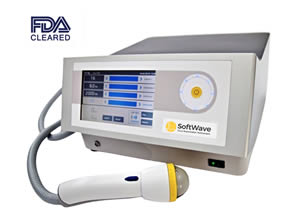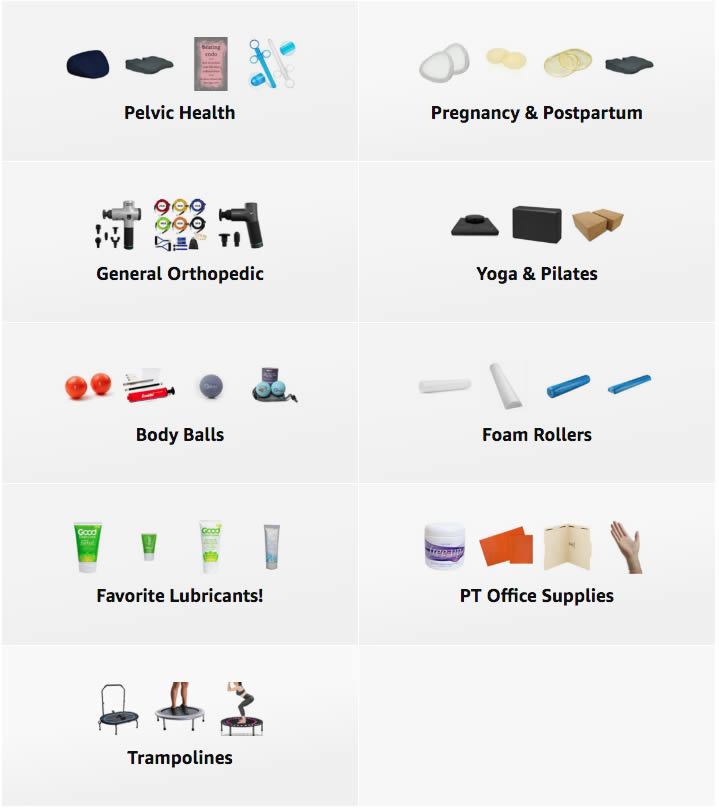Wondering Why You Should be Doing Kegels?
Read on for the whys and why nots
In my early days of being a pelvic floor PT, I was convinced I had the answer to all the woes of the pelvic floor. One word – Kegels. As I’ve developed professionally over more than 15 years, I realized Kegels have their place. However, they are not the answer for all things pelvic floor. They should be used, in general, if muscles are weak because they are overlengthened/overstretched, or in a good place, just weak. There are specific instances when Kegels (also known as PC or pelvic floor muscle contractions) are the answer. I’m a firm believer in doing a Kegel program combined with a core strengthening program that will address the bigger picture. Here’s who should be doing Kegels and why:
- Most men and women that experience urinary incontinence
- A thorough physical exam can identify if postural dysfunction and weakness in your pelvic floor and what I call “pelvic floor accessory muscles” that are contributing to your incontinence.
- There are 3 primary types of urinary incontinence that physical therapy can treat:
- Stress Urinary Incontinence (SUI)
- Involuntary urine leakage with coughing, laughing, sneezing, exercise
- Urge Urinary Incontinence (UUI)
- Involuntary urine leakage associated with strong urge sensation and the inability to maintain continence on the way to the bathroom.
- Also associated with constant leakage (i.e. with walking, not necessarily associated with an urgency sensation)
- Mixed Urinary Incontinence (MUI)
- Having both stress urinary incontinence and urge urinary incontinence
- Stress Urinary Incontinence (SUI)
- Stress Urinary Incontinence most often is accompanied with significant muscle weakness in the pelvic floor muscles, and often in the pelvic floor accessory muscles (such as the gluteal or adductor muscles). There may be poor posture associated as well that is inhibiting (preventing) proper pelvic floor muscle function.
- Urge Urinary Incontinence may or may not be associated with weakness in the pelvic floor muscles. These muscles need to be evaluated for trigger points and high tone that may be inhibiting normal muscle function.
- In Mixed urinary incontinence, both realms need to be evaluated and a treatment plan appropriate to the findings developed
- Women with pelvic organ prolapse
- This is when a pelvic organ (such as your bladder, uterus or rectum), drops (prolapses) from it’s normal place and pushes against the walls of your vagina, which can happen when your muscles get weak or stretched from childbirth or surgery (WebMD). This can also occur with constant or repetitive straining, such as what occurs with chronic constipation.
- It is often associated with discomfort and has a wide variety of presentations from from pain with sitting, dyspareunia (deep pain with intercourse), difficulty with voiding or bowel movements, pain with standing/walking/running or a report of a “pelvic pressure”.
- Depending on the level or grade of the prolapse, appropriate pelvic floor muscle strengthening alongside a pelvic floor muscle facilatory program can lend itself to significant improvements in the discomfort or pain associated with the prolapse. In part, because these muscles are acting to support the falling organs. However, sometimes ligament tearing is so significant or the prolapse so severe that surgery may be required to further reduce these symptoms.
- Men and women with light bladder leakage
- Even if you "only leak a little bit", properly done Kegels are likely your solution.
- Women with diminished orgasm intensity
- Yes, stronger Kegels=better intensity orgasm, generally speaking. Yippee!!
Basically, if weakness contributing to a lack of support or a reduced ability to close around your openings to maintain continence is to blame (see this article for more information), you should learn how to do your Kegels correctly NOW and begin a program that specifically addresses your contributing factors to weakness. A trained pelvic floor physical therapist is the best person to evaluate all potential contributing musculoskeletal factors. At our offices, licensed physical therapists will go over a complete history or your condition. Once we have your background, a physical exam will begin that will address your posture and look at your muscle strength and flexibility of all the muscles that primarily influence your pelvic floor. Lastly, a pelvic floor muscle examination will determine your pelvic floor muscle strength and endurance, two important components of muscle function. We will also look at muscle coordination address any abnormal findings.
Classic stress urinary incontinence will typically take 6-8 visits to achieve 90-100% resolution of symptoms. These visits are often spread out over 3-6 months and is discussed on an individual basis. Urge incontinence has more variation, and can take as few as 4 visits up to 12 visits, again spread out over time. In all instances, we are able to spread out visits as a home exercise program is developed to address your specific areas of weakness and dysfunction.
However, just because you have incontinence, does not 100% guarantee that Kegels are the answer. In my upcoming article “Why You Should STOP Doing Kegels NOW”, I’ll go over why this magical muscle contraction is not all it’s cracked up to be.
~Heather Jeffcoat, DPT
P.S. - Click here for my other blog post on why you should STOP doing Kegels
P.P.S. - For a thorough evaluation by one of our trained physical therapists, why not schedule an appointment?


























 A Curated List of Excellent Items at Amazon
A Curated List of Excellent Items at Amazon






